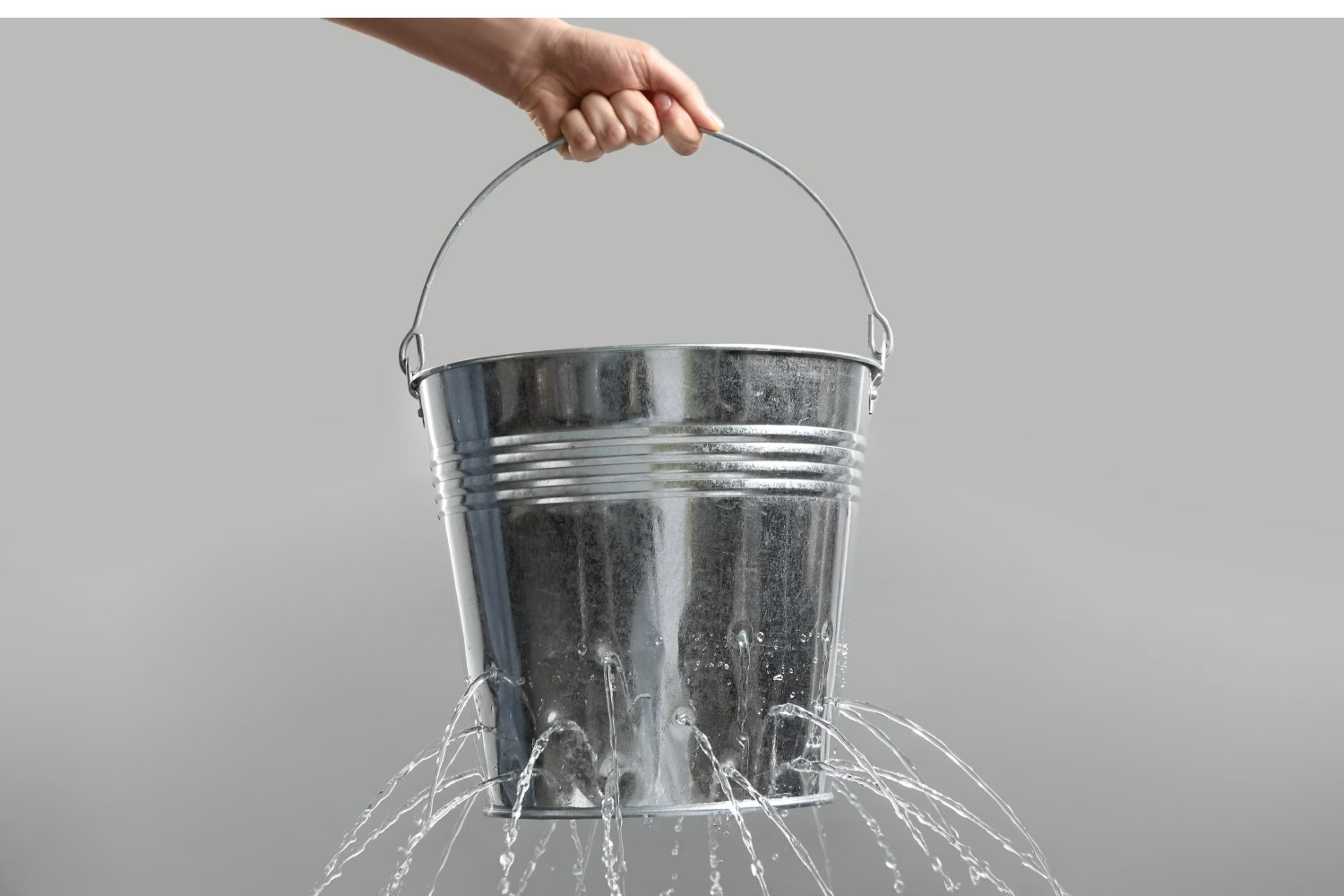The New Rules of Link Building

Share this story
Inbound links are among the most important factors that Google and other search engines use when ranking websites in their search results. The immense value of these links has spawned a wide range of link-building tactics over the years. Many of these practices have been designed to manipulate search engine results.
Google has been cracking down hard on these link spammers, making multiple changes to its ranking algorithm to devalue certain types of links and directly penalizing sites for using these tactics. Their guidelines now specifically advise against certain common link-building tactics.
It’s important that you closely examine the state of your inbound links and your link building strategies. Below are seven steps you should be taking now to ensure that your SEO program aligns with the new rules of link-building:
1. Check your link profile.
Google is paying increasingly close attention to the quality of links pointing toward a site. Links from bad neighborhoods (ie., sites that Google might consider to be spammy or manipulative) or multiple links with the same anchor text can potentially hurt your rankings. Do a regular review of your backlink profile; if there are links that might be hurting your rankings, Google has provided a way to disavow them through their webmaster tools. A good SEO professional should be able to help you with this process.
2. Stop paying for links.
If you or your SEO provider are using any paid link tactics, stop them now. Google has always advised heavily against buying links and, for years now, it has penalized sites that engage in paid link schemes. The recent changes make it even more imperative that paid links are not part of your SEO program.
3. Don’t use low-quality content shortcuts.
Content shortcuts of many types have been common in the link-building world. One of the prominent techniques has been bulk article submissions — the idea being that you would hire a low-cost resource to write a bunch of articles — which, of course, included links back to your website — and submit them to article aggregation sites. Another technique used a “content-spinning” tool to take existing content on the web and “spin” it to create something supposedly original. Google is on to these tactics, which will do more than hurt your search engine rankings; they will make you and your business looks ridiculous. If your SEO company is deploying any of these techniques, fire them immediately.
4. Focus on quality, not quantity.
For years, the guiding principle of many SEO programs has been to build as many links as possible. — but it’s officially time to put an end to this approach. Focus on quality links, not quantity. In fact, building too many links, especially if many of them are irrelevant, can work against you.
5. Stop worrying about anchor text.
Including keywords in “anchor text” — the actual words that are hyperlinked — is a common SEO tactic. But as Google has evolved its algorithm, this practice has become much less helpful. In fact, too many links to your site that use the same anchor text can — in some cases — actually result in your site being penalized. The bottom line is this: Don’t worry about trying to incorporate keywords into your inbound links.
6. Stop relying on press releases.
Although adding links to press releases has been a common — and somewhat effective — link-building technique in the past, Google is now expressly warning against this tactic. One or two links in a release won’t be problem, unless you are saturating the web with press releases; just be purposeful with any included links. If you do choose to include links, be sure to use a nofollow attribute. And, of course, only distribute releases when you have real news to share — not just as a link-building scheme.
7. Create great content.
More than ever, building quality links to your site means creating quality content. There is simply no substitute for useful, original content. Create content that is valuable to your audience and promote it heavily — through your email database, social media, public relations and any other outlet in your communications arsenal. Remember, your ultimate focus should be to distribute content and drive relevant traffic to your site. Links will be a by-product of these efforts, but you should never build links exclusively for SEO purposes.
Moving Forward
The truth is that “new rules” aren’t really new at all. Good search engine optimization has always been about the creation and distribution of quality content. Tricks and shortcuts have always had a short shelf life. If you’ve been steering clear of questionable link-building techniques, you shouldn’t have too many adjustments to make.
But you should be asking your SEO team some pointed questions. Be sure you know the tactics they’re using, and make sure that they align with the current realities of effective link building. If you don’t have an SEO team or a strategic and tactical plan in place, it’s time to think about how you will ensure your site stays compliant with ongoing changes to search engine algorithms and policies.



